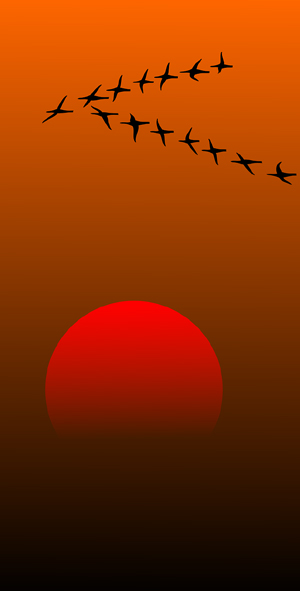While the relative position can change throughout the hand, the absolute position stays the same once the hand is dealt. Let’s take a look at the absolute positions at a 9-handed poker table:
UTG (UNDER THE GUN)
UTG, or Under the Gun, is the player seated directly to the left of the big blind and is the first to act preflop. It’s one of the worst positions at the table, as you have eight other players left to act behind you. This means you should play conservatively, as the chances are high that someone acting after you has a strong hand.
UTG +1
This is the position directly to the left of the UTG player and is the second to act preflop. This position plays similarly to UTG, as these are the two earliest positions you can get at the poker table. You can play a couple more hands from UTG+1, but you still need to play tight.
MP (MIDDLE POSITION)
Not actually the middle of the table, middle position refers to being in between early position and late position. Some players refer to this seat as UTG+2 and use middle position as a term to encompass this position and the LoJack. Again, this is a position where playing tight is right.
LJ (LOJACK)
Even though we’re starting to get closer to the button, the Lojack (LJ) sits in that awkward in-between spot–it’s too far around the table to be in early position, but it isn’t in late position, either. Some people use this position interchangeably with middle position, which can confuse new players! While you still need to be relatively tight from this position, you can afford to play more hands than you would UTG.
HJ (HIJACK)
So-called as you’re hijacking the chance for the players in the cutoff and button to steal the blinds. The hijack is where players will start to open up their ranges more. While some nittier players will still call this middle position, more aggressive players consider it late position. How aggressive you are at the table will dictate how tight or loose your strategy is from this position.
CO (CUTOFF)
Before people started playing wider from the hijack, this used to be the “cutoff” where you’d begin to loosen your range. One seat to the right of the button, you’ll likely be in position post-flop, which means you can raise a wide range of hands. You should have one of your highest .
BTN (BUTTON)
The best seat at the table; when you’re on the button, you’re guaranteed to be in position post-flop, and if it’s folded to you, there are only two players you need to fold out to win the blinds. Therefore, you should be playing your widest range from the button, raising at least 50% of your hands when it folds to you. The button is where you’ll have your highest win rate as a player, so it’s essential to play a lot of hands from this position.
SB (SMALL BLIND)
From the best to the worst, the small blind is arguably one of the worst poker positions at the table. You have to put in half a big blind before you see your cards, so you’re already fighting uphill in terms of win rate, plus you’re guaranteed to be out of position post-flop. You should play a tight but aggressive strategy when playing from the small blind, but if it folds to you, you should raise a wide range to attack the big blind.
BB (BIG BLIND)
The big blind is unique in that you’re the last to act preflop from this position and can win the pot immediately if everyone folds. You’ll often be calling raises rather than raising yourself, so it’s important to see where the raise comes from when considering your hand. The earlier position a player raises in, the tighter their hand will be and the tighter you should be in response.
6-Max
But what about if you’re not playing at a 9-handed table? Most online games run in a 6-max format with six players at a table instead of nine. This format is gaining popularity in live games as fewer players mean more action. So let’s have a look at how the positions are different in 6max compared to a 9-handed table:
1. BB – Big Blind
2. SB – Small Blind
3. BTN – Button
4. CO – Cutoff
5. HJ – Hijack
6. UTG – Under The Gun
As you can see, the key difference is eliminating the first three positions and making the LoJack the de facto UTG position. So while the positions remain roughly the same, there is a significant change in the actions you can take from each poker position.
The fact there are fewer players doesn’t really matter: you play each position the same as you would at a nine handed table after the first three players fold. As such, your opening range from each seat should be the same from each position (eg: Lojack opening range same whether table is 6 handed or 9 handed etc) in a no ante games. In a game where every player pays an ante you should actually open slightly tighter 6 handed because there are three less antes to win.



